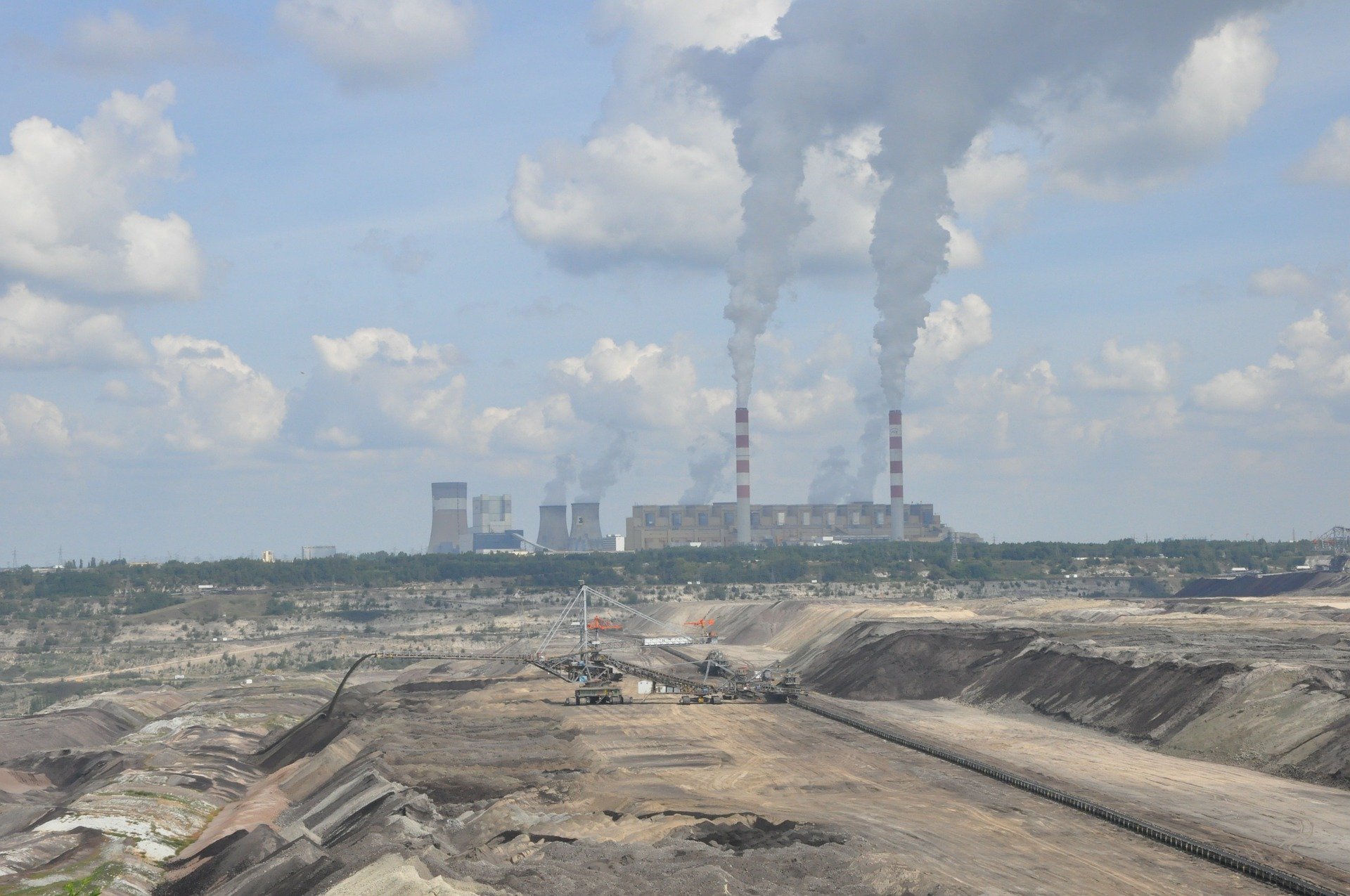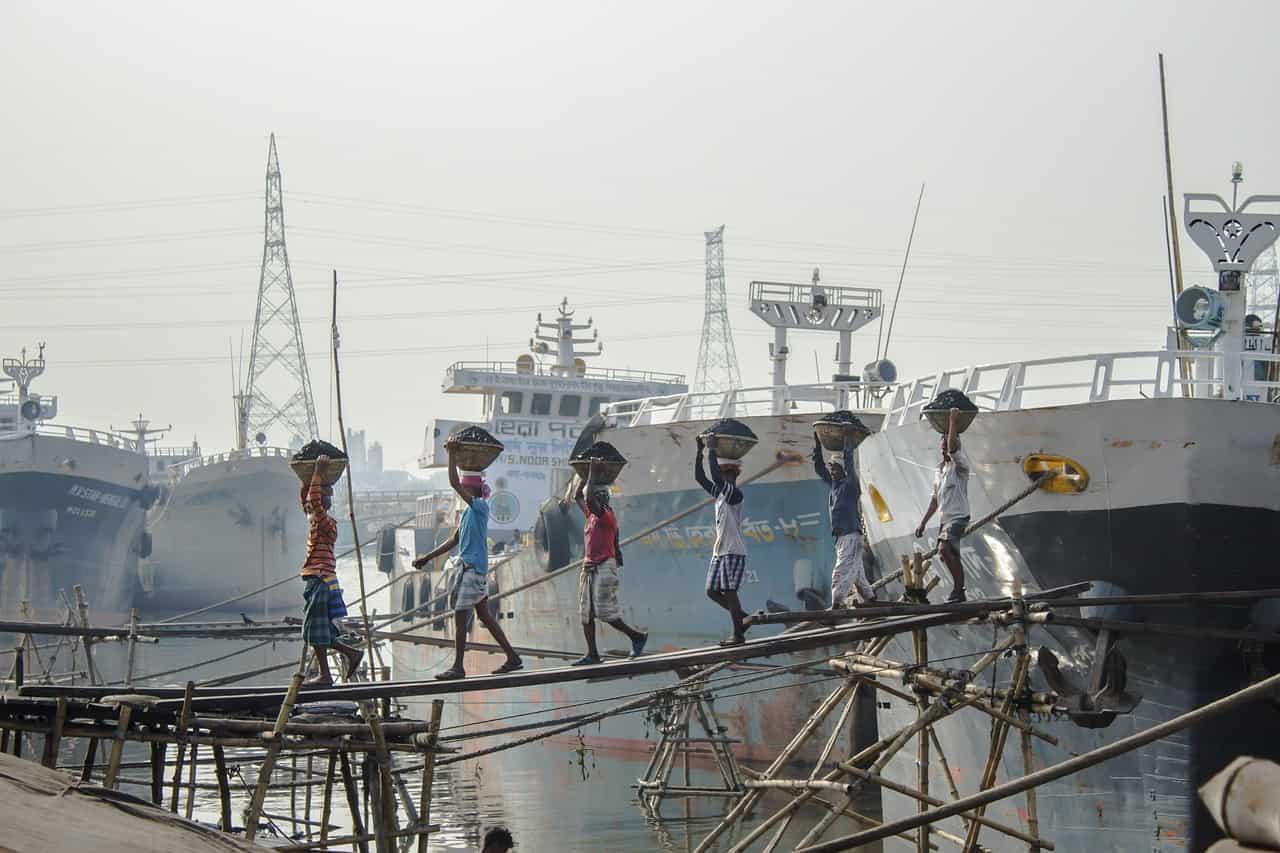
About Decarbonizing Europe
What does the Recovery and Resilience Facility entail?
The European Commission has made available an amount of 723.8 billion euros
to combat the consequences of the corona crisis and make Europe greener, cleaner, and future-proof. All member states have the opportunity to submit plans for disbursement from this Recovery and Resilience Facility.
Who is participating in the Recovery and Resilience Facility?
All the member states of the European Union. All member states? No, The Netherlands has not submitted plans as yet. Although, it became public knowledge at the end of January that hard work is going on behind the scenes in the Netherlands to secure some of those European billions.
What do the member states have to spend the money on?
At least 37 percent of the funding should be used for making their countries more sustainable and 20 percent for digitalization. In addition, there are also other key points:
– Smart, sustainable and inclusive growth
– Social and territorial cohesion
– Public health, economic, social, and institutional resilience
– Policy for future generations
What else is happening?
Apart from that, the EC has identified several so-called flagship areas:
– Power up
– Renovate
– Recharge and Refuel
– Connect
– Modernise
– Scale-up
– Reskill and upskill
What is Innovation Origins planning to do?
Over the next few months, we will be focusing on the implementation of these plans. We will be outlining what each country is doing to reduce CO₂ emissions, and we will be reporting on innovative projects. Infographics will allow you to compare the member states’ efforts with each other.
A crisis like the corona pandemic calls for decisive measures. The EU has freed up €723.8 billion in an effort to use the Recovery and Resilience Facility (RRF) to pull the European economy out of the recession caused by corona. In order to qualify for a share of this large bag of money, member states must submit a plan to the European Commission. In the series Decarbonizing Europe, we put those plans under a magnifying glass.
Poland is not a model state as far as climate policy is concerned. In fact, the government in Warsaw has precious little interest in it. Still, there is some shift in the Polish attitude, but that has more to do with economic and political reasons than sheer conviction that the energy policy needs to be overhauled.
Poland has been grappling for years with its heavy dependence on Russian imports of coal, oil and gas. In 2021, more than 72 percent of its electricity came from coal-fired power plants while gas accounted for 8.5 percent. Renewable energy played only a minor role stalling at 17 percent.
When it comes to Poland’s total energy consumption, fossil fuels are even more prominent. Again, coal is the dominant factor in this regard at 45 percent, followed by oil (26 percent) and gas (17 percent).
And where do all of these fossil fuels come from? The Poles have plenty of brown coal and coal themselves, but gas and oil are for the most part imported from Russia. Poland is keen to get rid of these dependencies as soon as possible.
Parting ways with coal will take a long time
What does that mean for the energy mix of the future? According to Joanna Maćkowiak-Pandera, the director of the Polish think tank Forum Energii, this means, first of all, that it will remain a source of tension as to whether Poland will get through the next winter warmly and comfortably.
In the case of brown coal (9 percent of total energy consumption), Poland is wholly self-sufficient. In the case of coal, about 80 percent comes from its own mines, the rest comes from elsewhere. So far, this has been mainly Russia, but that can be replaced fairly easily by coal from Australia, for example.
As for oil and gas, its reliance on Russia is substantially more pronounced. In 2020, 47 percent of all imported gas came from Russia and 64 percent of all oil. “That huge degree of dependency means that we need alternatives before the upcoming winter, and that’s going to be quite a task,” says Aleksandra Gawlikowska-Fyk, who is a member of the same think tank.

When it comes to coal, she says, it may be possible to produce a bit more in our own mines, but there’s not much more capacity there. Moreover, the government is putting its faith in the import of liquefied gas (LNG). The LNG terminal in Świnoujście, in the northwest of Poland, will be expanded further. In addition, a new gas pipeline through the Baltic Sea to Norway is currently under construction, so that more gas can be imported from there. With a bit of luck, this pipeline can be put into operation before the end of the year. And finally, Poland is committed to importing more gas from the rest of the EU via Germany.
Not much green electricity in the immediate future
Am I hearing anything about wind or solar power, or anything else that will reduce CO2 emissions in all that? Guess not.
The reality is that with wind turbines on land (onshore), almost nothing has been accomplished for years because the government is vehemently against it. Offshore wind power is making progress, but it may be years before it becomes a significant factor.
The same goes for nuclear power – as long as you can call that green. Poland does not have any nuclear power plants as yet, but there are plans for six large plants to be connected to the grid between 2033 and 2040. There are also initiatives for smaller so-called SMR nuclear power plants, but it remains to be seen whether they will ever be built and whether they will be able to make a substantial contribution.

Ray of hope
The green energy source that is still showing the strongest growth is solar energy. Maćkowiak-Pandera: “This growth has surprised even the government in Warsaw. Solar panels have been hugely popular since 2019. By the end of 2021, an installed capacity of 7.7 gigawatts was in place. That was an increase of almost 100% in a single year, and the growth is continuing this year as well, so that probably for the first time in 2022, more power will be generated by solar panels than by wind turbines.”

Unfortunately, however, solar panels are the only real short-term ray of hope when it comes to reducing CO2 and ramping up renewable energy.
NextGeneration EU
The corona crisis is one of the biggest challenges of our time. The European Union, through NextGenerationEU – the largest recovery plan ever at €806.9 billion – aims to help its member states emerge stronger from the crisis. The Recovery and Resilience Facility (RRF) is at the heart of this plan (€723.8 billion).
The RRF has two goals: first, to pull the European economy out of the recession caused by the corona pandemic. At the same time, it is designed to give an impetus to important investments for the future and measures for rolling out reforms.
The original deadline for submitting a plan was April 30, 2021, but that deadline has since been pushed up to June 2022. Currently, 26 of the 27 countries have submitted a plan. The plans require member states to spend at least 37 percent of their budgets on climate action and 20 percent on digitalization.
Words of warning from the IEA
It is not for nothing that the International Energy Agency (IEA) warned back in May that the European climate plans will amount to precious little if Poland does not take any additional steps. What should not be forgotten is that per capita, Poland is one of the biggest polluters in the world. In fact, only South Africa, Australia, Kazakhstan, Venezuela and China have even more CO2-intensive economies.
In terms of total emissions, Poland ranks 19th (position in 2020). Out of the EU member states, only Germany (number 7) and Italy (number 18) emit more, but of course, these are also larger countries.
Poland is commended by the IEA for the speed at which it is reducing its dependence on Russia, but the flip side of the coin is that emissions from coal-fired power plants are only rising.
“Electricity from coal-fired power plants skyrocketed in 2021, in one fell swoop wiping out 10 years of progress in CO2 reductions,” IEA President Fatih Birol summarized in a memo issued by the agency. “With 80 percent accounting for its energy supply, there are very few countries that have a greater dependence on coal than what Poland has.”
Conserve, conserve, conserve
So is it all doom and gloom? It’s not that bad, Maćkowiak-Pandera notes. Despite the huge coal sector, she goes on to say, CO2 emissions can definitely be reduced within the short term. “The solution for the time being is not about more green energy, but entails consuming less fossil fuels.”
Many Poles still burn coal for heating, and if they don’t burn coal, they burn gas. This holds true for rural areas, as well as for urban areas (district heating). Second of all, a lot of homes are poorly insulated. That’s where Maćkowiak-Pandera sees tremendous opportunities to kill several birds with one stone.
“By investing in energy efficiency, consumption of fossil fuels and CO2 emissions can be reduced. While at the same time cutting back on the dependence on Russia. And as icing on the cake, it also improves air quality, which for many Poles is almost even more important than staving off climate change.”
Money from Brussels
Maćkowiak-Pandera advocates a structural, almost door-to-door approach to energy efficiency, using a combination of heat pumps, electric heating systems and insulation (a bit like the Netherlands). She sees a major role for the EU in providing the funding, because it will prove to be a very expensive operation.
If all goes well, Poland will get 35.4 billion euros from the Corona Recovery Fund (direct aid and loans), of which at least 37 percent will go towards climate measures. Part of this will undoubtedly be spent on energy efficiency. Especially now that the difference of opinion between the European Commission and Warsaw concerning reforms to the Polish rule of law no longer seems to be an obstacle. This could mark a major step towards reducing CO2 emissions.
Long term
At any rate, things are looking a lot more rosier in the long term. This is when green energy will all of a sudden come back into the limelight.
This has to do with the cost of coal production (mining and power plants). It is expected that starting around 2025, a lot of cola-fired power plants will have to close their doors because they are simply no longer profitable. “Coal is already heavily subsidized,” says the IEA. “But at some point it will really become unaffordable.”
According to the IEA, gas is not an alternative because it is only likely to become more expensive in the coming years. On top of that, the cost of CO2 emission rights also need to be factored in.
“For many companies, those costs are already practically unbearable. At the end of 2021, the price for emitting one tonne of CO2 was €80.64. That was 150% more than the average in 2019. This is only expected to rise further over the next few years. For the industry, this creates a powerful incentive to step up the amount of renewable energy. The only problem is that this transformation will not happen overnight,” Maćkowiak-Pandera states.
Not good buddies
She sees that the best opportunities in the short term are for solar energy. However, wind energy is indispensable if Poland really is going to make great strides in the future. There is some momentum with offshore wind power plants. This is another sector which is hoping for EU support. This decade, if all goes well, 5.9 gigawatts will be generated by offshore wind power plants. The next decade is projected to almost double that.
In addition, Maćkowiak-Pandera hopes that the government in Warsaw will become more open to onshore wind turbines once again, as this is where there is great amount of potential that can be leveraged relatively quickly. Although there are onshore wind turbines. With an installed capacity of 7 gigawatts, they were even only slightly behind solar panels last year. The only exasperating thing is that this capacity has remained unchanged for years. This is diue to the current government is mordantly opposed to more windmills.
This actually holds true for the entire energy transition. The Warsaw government will never be good buddies with the European ‘Green Deal’. But the economic and political forces to change the policy are so powerful that it is likely to change its course anyway.
Support us!
Innovation Origins is an independent news platform that has an unconventional revenue model. We are sponsored by companies that support our mission: to spread the story of innovation. Read more.
At Innovation Origins, you can always read our articles for free. We want to keep it that way. Have you enjoyed our articles so much that you want support our mission? Then use the button below:





